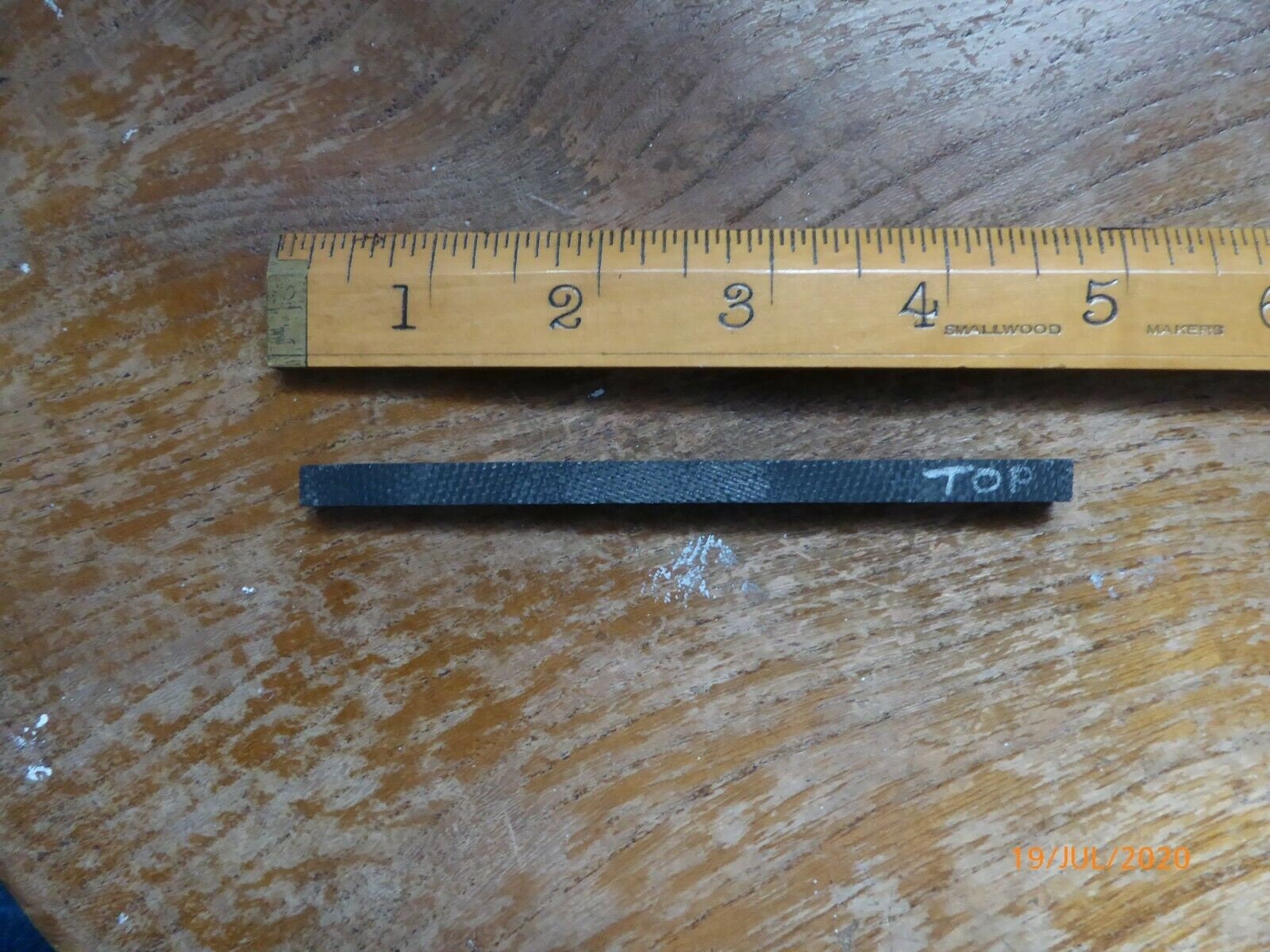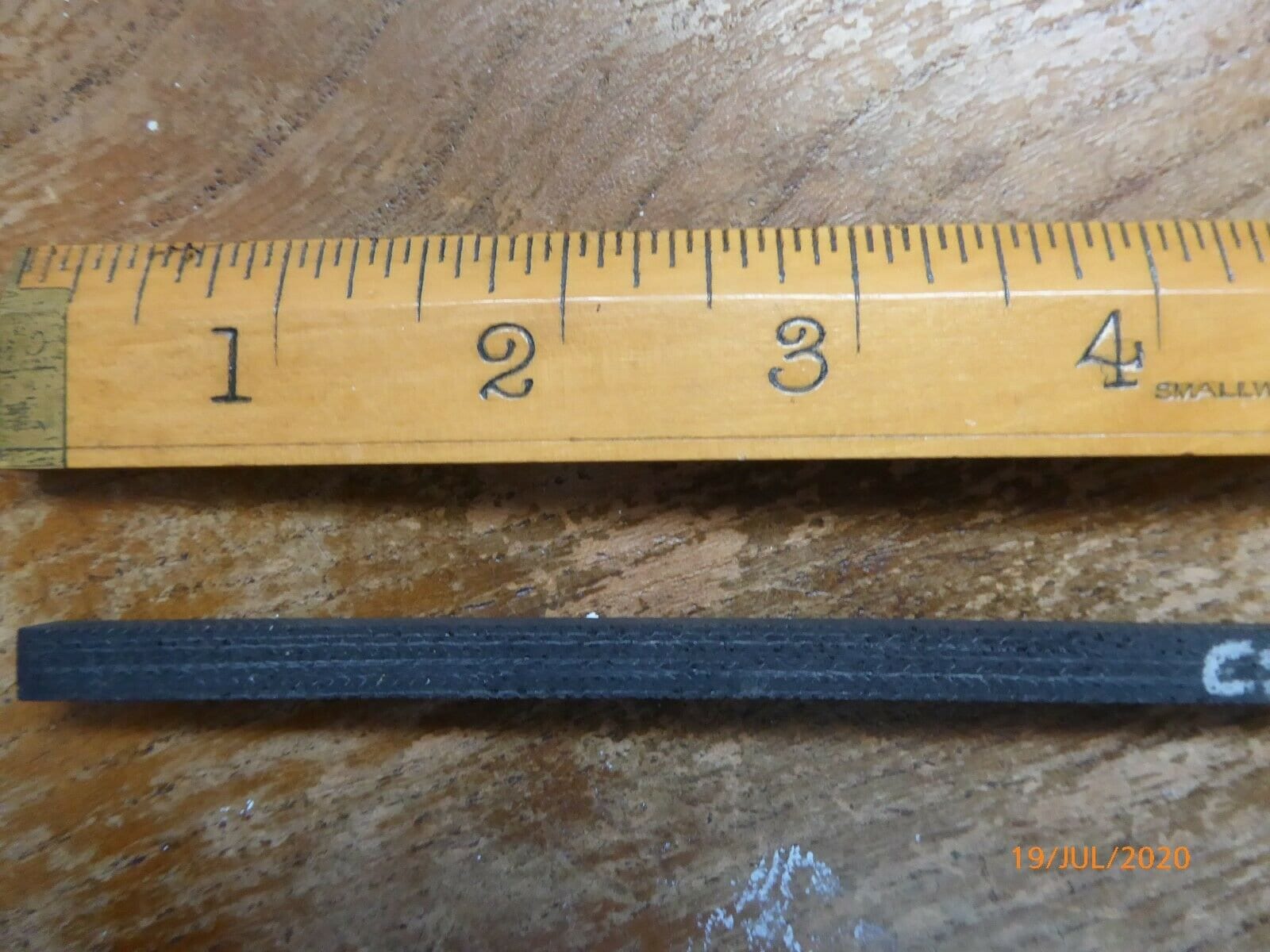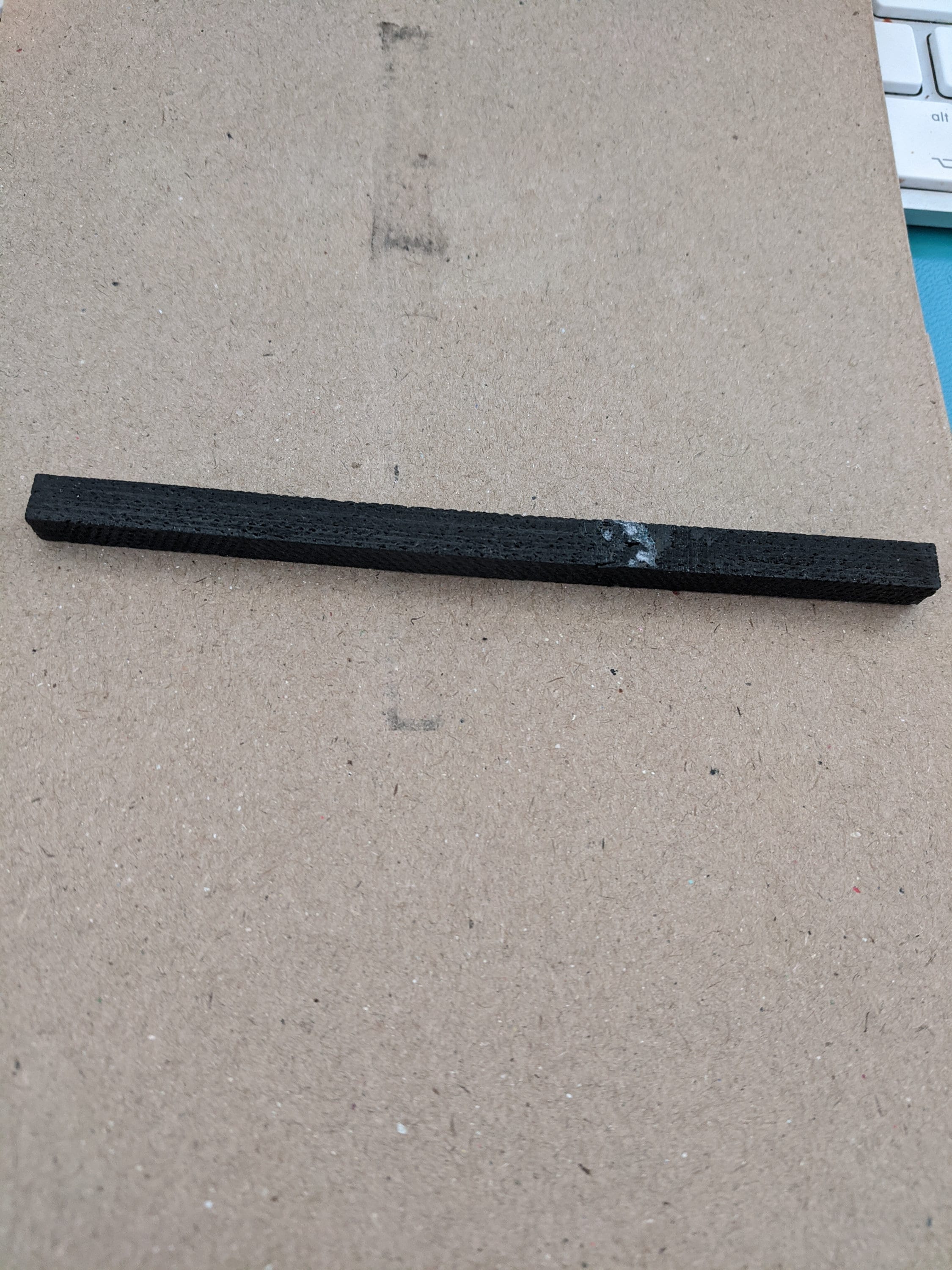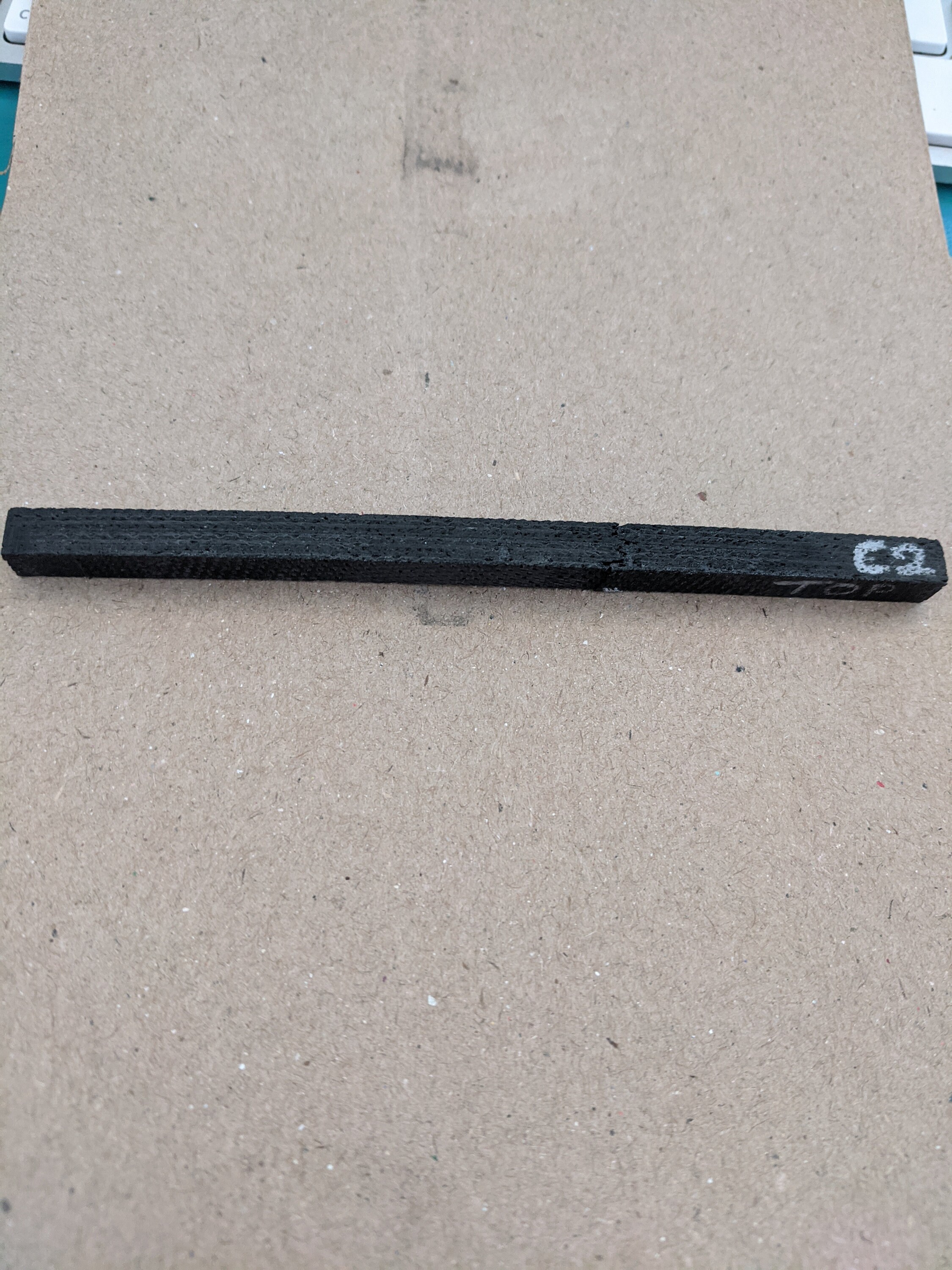It must have been roughly handled because the composite is very tough- it had to be.
The note explained that testing a Concord brake system with the normal sintered metal pads resulted in the molten metal being thrown off whereas with the carbon/carbon composite the pads survived even under max. conditions of rejected take-off (RTO) i.e.braking at max load, and max ground speed.
C/C composite went on for pads for Harrier Jump jet (weight saving for improved performance )and racing cars and human implants because of non-rejection by the body but is now a common but expensive material.
at the time the work was top secret not least because we worked in conjunction with AWRE and even now
This is a chance to acquire a part of the development of the Concord braking system.
Weight was critical in the development of Concord and I was part of the team developing the lightweight braking system.
At the time aircraft disc brakes were of sintered metal and weighed a ton; literally. The new material on the scene was carbon/carbon composite(look it up) and had tremendous strength but was lightweight and we were developing it for Concord disc brakes. At the time every pound weight saved meant a saving of £1000 over the operating life of each plane per annum and we saved hundreds of pounds in weight per plane.
The sample for sale was like dozens we tested to destruction in a specially designed rig which tested up to 1500 degrees centigrade using high strength graphite and Tantalum. Conventional test machines were of no use because steel would have been melted at this temp.
Looking at the two photos shows the layered carbon cloth and the cloth structure.
This article is a piece of Concord history.
Shipping from United Kingdom
we will



